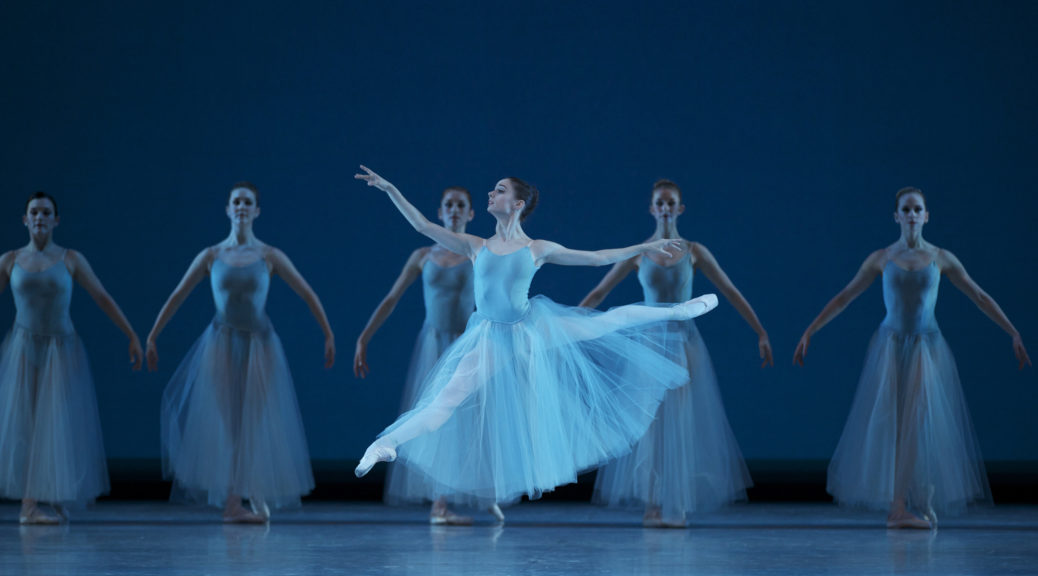
THE DEATH OF THE STORY-BALLET TRADITION?
The modern-day move away from the great tradition of story ballets continues. In the S,F, Ballet program (No. 2) that opened Feb. 13, the inviting options to go the story route, even in an American classic, were crushed in favor of modern-day abstractions. Abstract ballets are indeed appealing—but do they embody the only story worth telling in ballets created today?
“The Chairman Dances—Quartet for Two,” based on John Adams music actually written for an opera, veered off into another direction, followed closely by “Rodeo” with the familiar Copland music, all references to the cowboy/Wild West having now been eliminated. Sorry about that, Agnes deMille (who had choreographed the timeless hoedown classic more than a half century ago)!!
Oddly enough, the 19th century story ballets still exert a big hold on the public, especially those with Tchaikovsky scores. But in the 21st—sorry folks, those are mere fantasies, and we just don’t do miming any more either.
Not all is lost. In “The Chairman Dances” (2017) the New York choreographer from France Benjamin Millepied created a pas de deux for a conventional and often intertwined ballet couple. He repeated essentially the same moves, first with a man subbing for the woman, then with a woman subbing for the man. Boy-girl, then boy-boy, then girl-girl. Amazing!
After the initial pairing of the dazzling Danish newcomer Ulrik Birkkjaer and Yuan Yuan Tan, she gave way to Benjamin Freemantle, a corps dancer from Canada, and Birkkjaer later gave way to the taller female Jennifer Stahl. They carried these pairings out on barren stage, as if experimenting in rehearsal—no sets, no distractions. Yet these juxtapositions will remain memorable, long after patrons actually learn to spell Birkkjaer’s name correctly. (The SFB staffers seem to stick with just “Ulrik.”)
Any remaining resemblance between cowboy country and the new Justin Peck male-dominated “Rodeo: Four Dance Episodes” (2015) is aural, not visual. The structure is typical: An elegant lead couple (Dores André and Birkkjaer), a sizable ensemble, and several combos in between. There’s even a nod toward the Olympics with 15 men crouched at a “starting” line to launch it.
Worth noting is how the San Francisco Ballet can attract stunning new dancers from all over, with principals hailing from Cuba, Brazil, Italy, Spain, Estonia, France, Australia, Canada, Denmark, Argentina, China, and—-oh, yes, the United States. One newcomer to watch is the Italian Carlo di Lanno, who will show his mettle better than in this program’s oldie “Serenade,” where he hovered uneasily.
Overall, despite retirements and new faces, the SFB remains one of the world’s elite ballet ensembles—nimble, elastic, disciplined, and near-perfect, apart from wavering lines in “Serenade” opening night.
Rotating casts are featured nightly through the run, exploiting the considerable size and depth of the troupe. Conductor was Martin West, on top of his game.
S.F. Ballet, Program Two, Feb. 13-24, at the Opera House, S.F. For SFB info: (415) 865-2000, or go online.